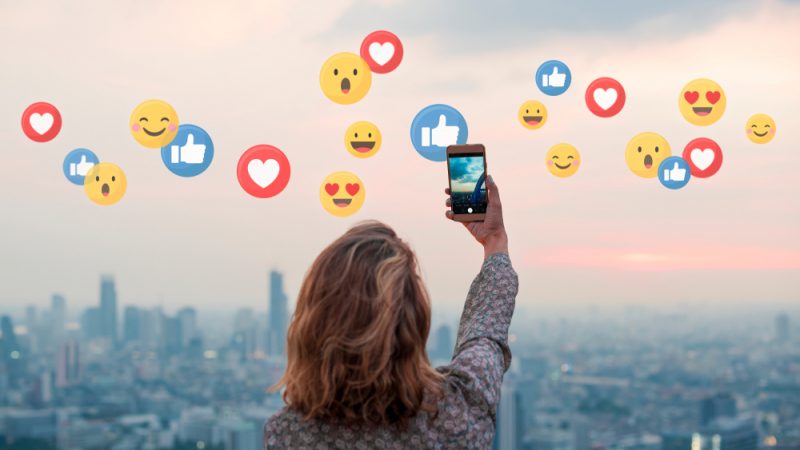Economy and business
Italian influencers are looking for an official recognition from public administration

Recognition of the work of influencers and content creators. This is what the association set up to represent the creator economy sector, which counts, according to some estimates, around 350,000 professionals, is calling for. In France, they are already trying to implement a form of regulation for this industry.
Influencers and Content Creators look for an official recognition.
From the association comes the request for the attribution of an Ateco code, an official beurocratic code used for tax purposes, in order to transform the work of influencers and content creators into a profession also recognised by taxation. ‘We are asking Parliament and the government for a bill to approve a code to regulate and protect a completely new sector that has been left without an adequate regulatory framework for too long,’ said Aicdc president Sara Zanotelli (in the photo with Salvini). ‘The Association, which was set up to give voice, protect, and demand rules for a category that can no longer be ignored, will soon provide a proposal. At the moment, in the absence of specific ATECO codes, the ones most used by influencers and content creators are: no. 73.11.01 for the conception of advertising campaigns; no. 73.11.02 for the conduction of advertising campaigns; no. 74.90.99 for other NCA professional activities; no. 90.01.09 for other artistic representations.
Salvini (Lega): They accuse me of being an influencer
The association’s first conference in Rome was also attended by Transport Minister Matteo Salvini, one of the first to exploit the potential of social media for a ‘permanent election campaign. “When a journalist wants to attack me, he often calls me an influencer. I’ll ask for the Ateco code too,’ Salvini joked.
How many are the Italian influencers?
The Italian Content and Digital Creators Association has around 250 creators. Eumetra estimates that 28 million Italians follow at least one influencer, while around seven million follow more than 11. Among the most followed topics are cooking and food (28%), travel (24%), and music (24%), followed by clothing (21%), and technology (20%). The motivations for following or not following an influencer or content creator change depending on the generation: millennials, Gen X, and baby boomers are interested in the topics covered, while Gen Z is divided between 42% who follow because they enjoy it and others who follow a creator because they are intrigued by his or her life.
Who are the most known members of this association?
Of the Italian Content & Digital Creators Association, the most famous is Khaby Lame, with 160 million followers on TikTok and first on Instagram with 80 million followers, followed by Luca Campolunghi, Sespo, Giulia Latini, Gabriele Vagnato, Klaus, Cartasegna, Samara Tramontana, Andrea Muzzi, and Ignazio Moser. In our country, the influencers with an audience of all generations are Chiara Ferragni, Fedez, Giulia De Lellis, Benedetta Rossi, and Clio Makeup.
A sector with over 350,000 professionals
The Association was set up this year to represent a sector, that of the creator economy, which counts more than 350 thousand professionals and which, according to I-Com estimates, has a potential turnover of 2.55 billion euros. The penetration is also capillary: 76% of the Italian population follows at least one influencer, 21 million Italians follow at least three, and 7 reach more than ten.
How much do they earn in Italy?
As anticipated, the 2022 turnover in Italy was around 308 million euros. Forecasts for 2023 are even more prosperous; it is expected to be close to 350 million euros.Making these estimates is Derev, a digital strategy and communication company, which has updated the industry’s fee schedule. The sector that has grown the most is fashion and beauty, which has seen an increase of 10 percentage points, followed by gaming, travel and lifestyle, and sports, which have grown by 8%.
But how much do influencers earn? This is also not an easy question to answer because earnings change and vary from platform to platform. The most generous is YouTube, partly because it requires more elaborate content and more attention, while the most parsimonious is Facebook. As far as fees per piece of content are concerned, these depend on the popularity of the audience one is able to reach. A celebrity with millions of followers can earn as much as 80,000 euros per post, while micro-influencers, with a following of about ten thousand people, move between 50 and 1,000 euros.






